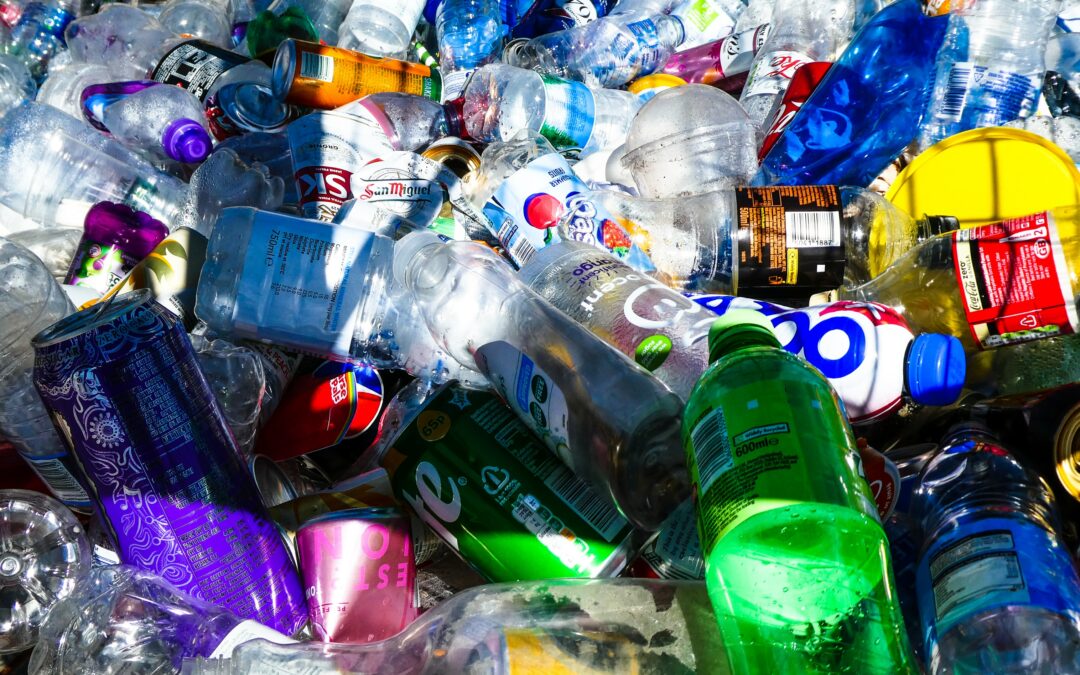I often get asked by brand owners how they can design their packaging for recycling. There are some excellent resources available for free, often published by industry groups working on behalf of a group of companies in a given sector.
In this article, we share some of our favourite industry publications to give you a head start on understanding how you can do the right thing when it comes to designing your packaging for recycling using the 4 most widely collected materials – glass, metal, card/paper and plastic.
Paper and card
The confederation of paper industries has produced an excellent document which helps retailers and brands specify and design packaging that can be reprocessed in paper mills. Whilst the paper substrate alone is easy to recycle, the contaminants come from the adhesives, coatings, ink and other additives. This handy guide educates the reader on what to use and what to avoid.
Plastic
WRAP is a climate action NGO and has a wide range of guides, case studies and tools to help brand owners and stake holders in the packaging industry reduce waste to landfill and build a circular economy. By recyclng more plastic we reduce our reliance on fossil fuel. In this guide for plastic recycling, WRAP sets out the UK’s vision for best in class design in rigid household plastic packaging, and includes plastic packaging currently classed as recyclable and the ambition for recycled content.
Glass
Glass is one of the most widely recycled packaging materials. The greatest problem that recyclers have is from contamination. Ensure that non glass components are easily removed – either by the consumer, or when the glass is crushed in the recycling process. Specify labels that can wash off easily, some plastic coated labels with very strong adhesive sometimes don’t wash off and the attached glass ends up being rejected. The full guide is here, with some helpful design guidelines on page 5.
Metal
Like glass, metal is a material that is widely recycled. Scrap aluminium is taken to temperatures in excess of 650 degrees C. During this process, small contaminants such as lacquers and coatings will burn off, not affecting the recycled material generated. Larger contaminants such as materials used to hold a multipack together should be removed prior to recycling.
To discuss how you can better design your packaging for recycling, book a discovery call now.

